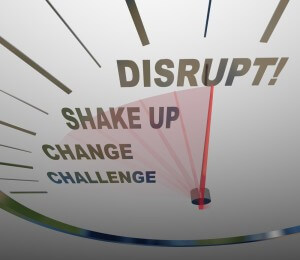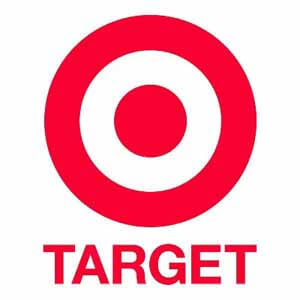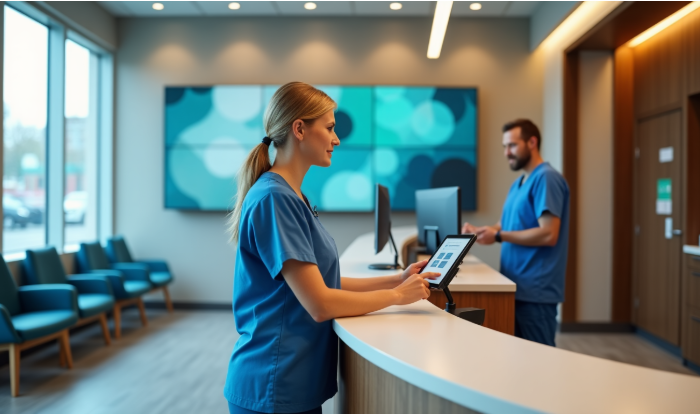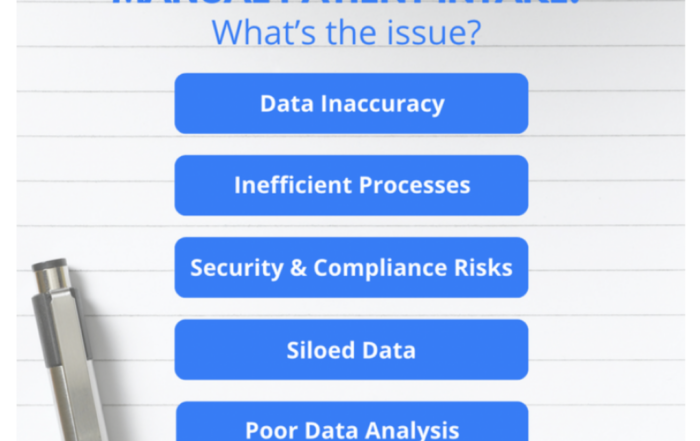Role of Partnerships in Delivering New Ideas
The lifeblood of any successful company stems from a sustained stream of commercially viable innovations, both incremental and breakthrough.
As any seasoned executive will tell you, maintaining that steady stream is one of the most difficult management challenges he or she faces. Successful new products quickly attract competitors; star employees get wooed away or burn out; product extensions fail to generate as much excitement as the initial product; and fickle, price-sensitive customers continually scan the market for the next game-changing innovation or less expensive knock-off.
In some industries—namely retail and consumer products—companies have long recognized the power of partnering with other brands as a means to develop new and unique products, generate renewed excitement, and reach new customers. These partnerships often make the brands involved seem more distinctive, more interesting, and more newsworthy—and, most importantly, infuse a new line of interesting products into the marketplace that cannot be replicated elsewhere.
Example:
 Image courtesy of: Eon Productions
Image courtesy of: Eon Productions
For example, in 1995, the BMWZ3 Roadster paired with James Bond in the movie Golden Eye, and the resulting product created buzz in the Neiman Marcus Holiday Catalog that year. In 2011, Target tapped Missoni to develop a 400-product line reflective of the high-end fashion house’s rich heritage of signature prints.
The Target-Missoni partnership was wildly successful by any measure: a pop-up shop that introduced the new product line sold out in two days forcing its premature close, and Target’s website crashed from the huge influx of site traffic. Target and Missoni obviously benefited, but so did the customer, who gained access to world-class design at affordable prices. Crest and Scope, both P&G brands, combined their respective benefits into one product under the assumption that it is better to risk cannibalizing oneself than to be pre-empted by a competitor. And the list goes on and on.
Co-branding partnerships serve several strategic purposes:
- Carefully selected associations can enhance the images of all brands involved;
- The resources both brands bring to the table are often greater than either could afford alone, resulting in a synergistic impact that generates higher levels of brand awareness for both;
- Each brand is able to build awareness and appeal with entirely new customers.
- And, from an R&D perspective, fresh ideas get infused into the design and ideation process.
Need for Disruptive Thinking in Healthcare
Because of these inherent benefits, the practice of co-branding now extends to industries ranging from cosmetics, hotels, restaurants, fashion, household products, and charities, to name only a few. The one industry in which co-branding partnerships have not yet taken a strong hold, however, is healthcare.
There are many reasons for this, including the fact that healthcare is highly regulated and inherently risk averse—as one doctor explained,
“The moment we step into medical school, we are taught to not take risks. Rather, there is safety in statistics and so we are trained to follow whichever path has the highest degree of evidence-based research.”
Furthermore, on the whole, marketing within the healthcare industry tends to be fairly traditional and conservative, with emphasis on print and out-of-home advertising, direct mail, and web design rather than social media, content marketing, native advertising, and brand partnerships—all of which have become the norm for savvy consumer brands.
Another important reason why co-branding partnerships have not taken hold in healthcare is that, while many of the retail and consumer partnerships are undeniably innovative, it would be a stretch to say they are disruptively innovative—meaning that they don’t typically deliver solutions that fundamentally reshape a market or solve a pressing human need.
No one really needs new Target-Missoni shoes or a James Bond Roadster in the way that we need to find a solution for controlling hospital-acquired infections, which claim the lives of 100,000 American every year, or we need to develop better, more accessible prosthetics to assist our soldiers who return from war disabled.
“Low-end innovation,” such as the retail and consumer examples, can be frivolously delightful for consumers and invigorating for a brand, but “high-end disruption” is what the healthcare system desperately needs to better serve patients. And high-end disruption is not something a company simply acquires via a partnership agreement—if it were that “easy”, everyone would be doing it. Rather, the challenges and elusiveness of high-end disruption are what makes it so valuable and important.
Open Innovation Leads to Disruptive Innovation
 Image Source: Shutterstock
Image Source: Shutterstock
So how do we begin to break through the barriers that exist in healthcare to create an environment where truly disruptive innovation is possible?
One option is to fling open the doors of the R&D department, figuratively speaking, and invite anyone—doctor, nurse, healthcare administrator, even patient and caregiver—to participate in product creation. Common sense suggests that any person living with a healthcare challenge or any healthcare worker tasked with patient care is ideally situated to identify problems and opportunities that exist within their current environment of care.
It stands to reason that these same people might already have solutions in mind for how to improve the situation, but perhaps lack the knowledge, resources, or time necessary to bring their ideas to life. In the consumer world, we talk about new inventions fulfilling unmet consumer needs, but in the medical world, no important need is ever ignored—rather, nurses, doctors, or the patients themselves often develop their own “work-around” when the ideal solution is missing. These “work-arounds” represent ideal opportunities for innovation.
New Technologies Facilitate Open Innovation
Image courtesy of KROMKRATHOG / FreeDigitalPhotos.net
Luckily, the Internet—combined with a fine-tuned system for capturing, sorting, and evaluating ideas—has made collective brainstorming more feasible than ever before.
For example, by partnering with medical device incubator Edison Nation Medical, prominent medical manufacturer Hill-Rom was able to sponsor a web-based “open innovation search” as a means by which to gather innovative solutions for reducing the incidence of hospital-acquired infections. Likewise, the COPD Foundation, which also partnered with Edison Nation Medical to conduct a search, was able to identify a number of breakthrough ideas to improve the lives of those living with COPD. In both cases, a number of ideas uncovered during the searches are now deep in development and will hopefully reach consumers within one to two years.
From a consumer perspective, another interesting example of healthcare open innovation to surface recently is Target’s “Simplify Healthcare” promotion. The major retailer, known for its unusual-mixed-with-mainstream product assortment, has a laser focus on customers and some of the most creative and sophisticated marketing in the retail industry. Target launched “Simplify Healthcare” as a means by which to invite their own customers to participate in shaping their healthcare experience. At the writing of this article, the results of the search have not been announced, but the promotion in and of itself is exciting because it marks the beginning of passionately consumer-focused companies, such as Target, helping to shape a new paradigm for where and how healthcare innovations are uncovered.
For many patients, having the option of a Missoni-patterned hospital gown would provide a sliver of beauty in an otherwise ultra-sterile and emotionally intense hospital experience. Rebranding chemotherapy drugs as “superformulas” by co-branding with Warner Bros. characters like Batman and Superman, as the A.C. Camargo Cancer Center in Sao Paulo, Brazil did recently, undoubtedly makes the experience of cancer treatment a bit less scary for young children. But these product innovations pale in comparison to finding a way to actually eliminate the need for multi-hour infusion treatments or re-thinking the need for hospital gowns altogether.
Without question, breakthrough high-end disruptions exist in the mind of someone, somewhere. We just need to find those innovative individuals, stoke their creativity, and provide them an easy pathway through which to bring their ideas to life. This is exactly where open innovation proves brilliant.
What innovations would you like to see?
Tell us your thoughts on what would make your job easier or more productive.
Written by Guest Author Julie Wheelan,
 Julie Wheelan is Vice President of Marketing for Edison Nation Medical, a healthcare product and medical device incubator and online community for people passionate about healthcare innovation. Prior to joining Edison Nation Medical, Julie spent 20+ years doing marketing and strategy for major consumer brands such as Harley-Davidson, Gap, and Pottery Barn. She also co-founded and built the Center for Integrative Health & Wellness at Marin General Hospital in Northern California.
Julie Wheelan is Vice President of Marketing for Edison Nation Medical, a healthcare product and medical device incubator and online community for people passionate about healthcare innovation. Prior to joining Edison Nation Medical, Julie spent 20+ years doing marketing and strategy for major consumer brands such as Harley-Davidson, Gap, and Pottery Barn. She also co-founded and built the Center for Integrative Health & Wellness at Marin General Hospital in Northern California.












